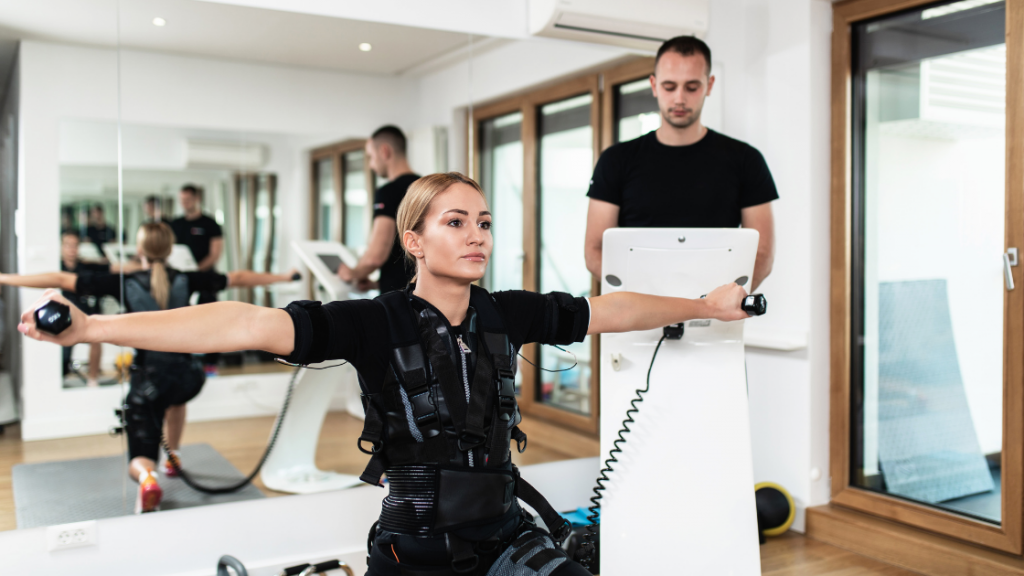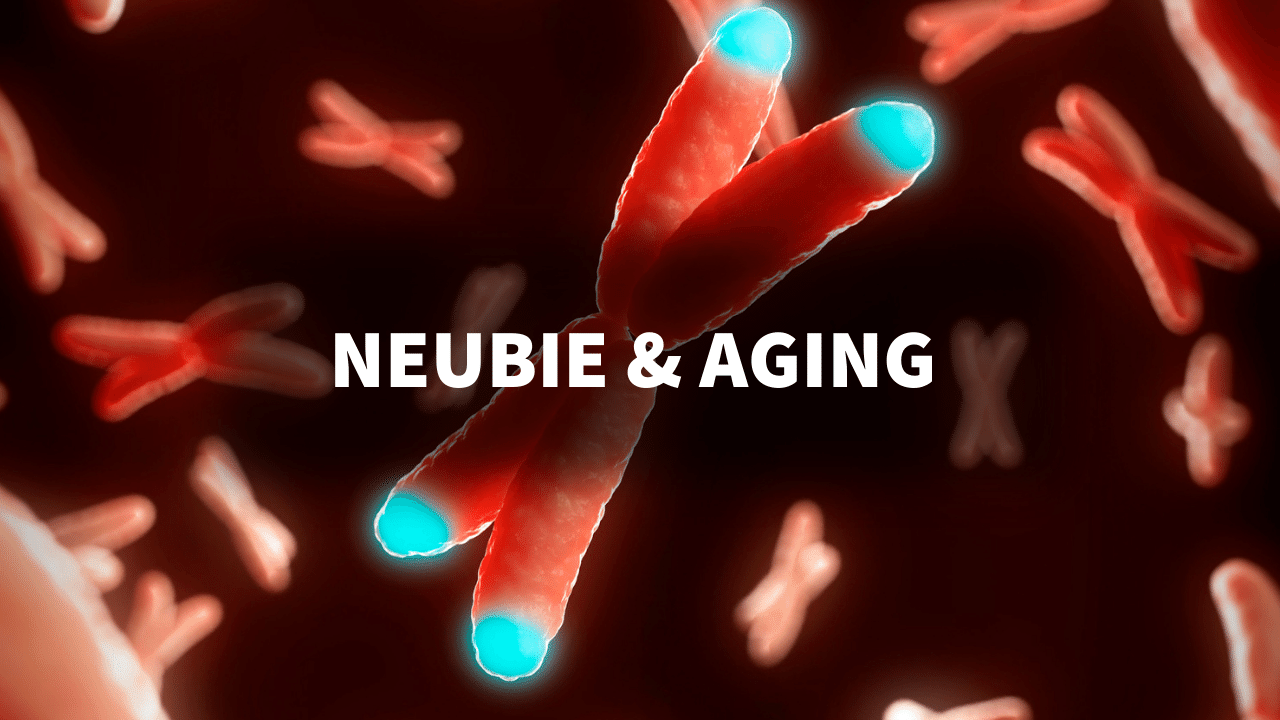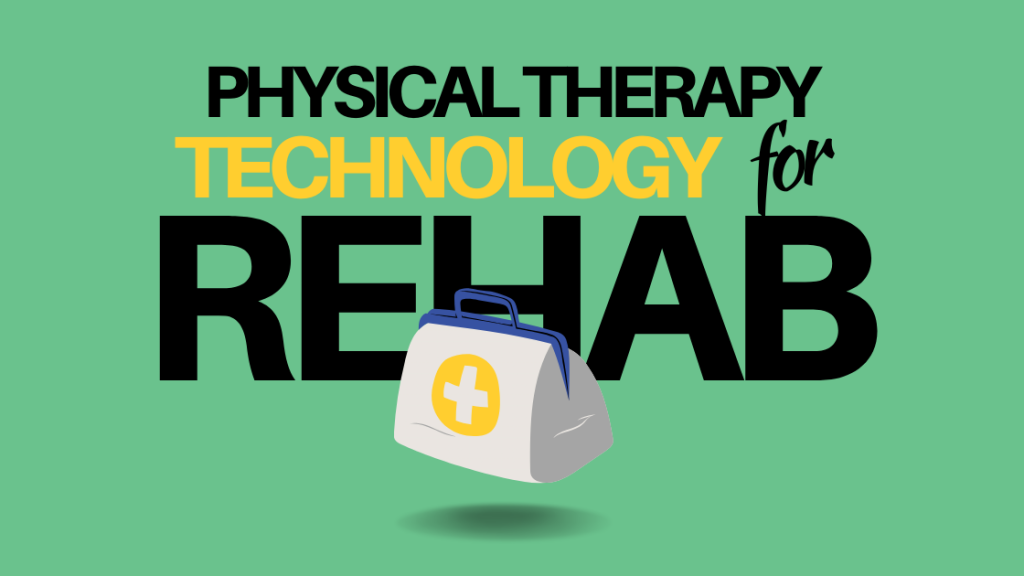%20(3).png)
How the NEUBIE Can Revolutionize Treatment for MS Patients
A new study is now available showing how the NEUBIE can help patients experiencing spasticity and loss of muscle tone due to Multiple Sclerosis.
Multiple Sclerosis (MS) is a notorious challenge in the medical community. It’s a progressive disease that affects over 2.8 million people worldwide. Out of those diagnosed, 66-84% experience spasticity, a condition in which there is an abnormal increase in muscle stiffness, cramping and loss of muscle tone. Spasticity often interferes with movement, speech and can be associated with discomfort or pain.
Unfortunately, current treatments for spasticity provide little relief for MS patients. To solve this problem many researchers are now turning to electrical stimulation as a potential treatment. Specifically the NEUBIE, with its direct current electrical stimulation, is showing great promise with MS patients physical therapy programs according to pilot studies.
To keep you up to date with the latest research, NeuPTtech is summarizing the newest use cases for the NEUBIE and how it's addressing neuromuscular dysfunction in patients with MS.
Unpacking the Science of Multiple Sclerosis
MS primarily affects the brain and spinal cord which make up the central nervous system (CNS).
Specifically, MS targets the protective covering of nerve fibers in the CNS called myelin. The damage to myelin and the underlying nerve fibers can disrupt communication between different parts of the CNS. This is one explanation for why MS patients experience heightened spasticity.
While MS patients experience imbalances around the CNS, it’s debated whether or not the peripheral nervous system (PNS) is also affected. The PNS plays a key role in sending information from different areas of your body back to your brain, which can act as a protective measure against stretch injuries or overexertion. For instance, the natural reflex to drop a heavy weight is an example of the PNS in action. However, with MS, this mechanism can be compromised.
The Latest Research on Multiple Sclerosis and the NEUBIE
In order to reset the connection between the body and the brain, many medical researchers are starting to use electrical stimulation to treat spasticity caused by MS. In a recent case series study by Dr. Courtney Ellerbusch and Dr. Julie Seibert, they used the NEUBIE to treat seven participants who had progressive MS over 18 sessions in six weeks. The researchers were measuring any changes in muscle spasticity and functional strength.
The NEUBIE treatments in the study did not just include the device itself. Participants did specific protocols, exercises and PT-based interventions along with the NEUBIE lasting 15 to 45 minutes - similar to the protocols that NeuPTtech maps out in our virtual training.
Results of the study proved promising. Out of the 126 planned sessions, 125 were completed, highlighting the participants' tolerance for the NEUBIE treatment. Trends from the study started to emerge, showing potential improvement in spasticity and muscle strength.
Highlights From the MS and NEUBIE Case Series Study
- Over 70% of subjects showed reduced bilateral spasticity.
- Two patients managed to stand without any muscle cramping, which they hadn’t been able to do for over three years
- Three participants demonstrated improved gait mechanics and increased their walking pace.
Overall, the NEUBIE showed favorable results for MS patients, helping them improve their strength, while decreasing spasticity.
A Dual Approach for MS Patient Care
Clinics treating MS patients are also discovering the benefits of pairing Winback Tecar Therapy with NEUBIE protocols. Winback provides immediate outcomes — such as reducing discomfort and enhancing mobility — while NEUBIE builds long-term functional gains through neuromuscular re-education. Together, they allow MS patients to experience short-term relief that encourages engagement, while also addressing the deeper neurological dysfunction for lasting progress.
How Does the NEUBIE Differ From Traditional E-Stim?
While traditional Transcutaneous Electrical Nerve Stimulation (TENS) has shown some efficacy in reducing spasticity, the NEUBIE showed better, longer-lasting results. As mentioned in Ellerbusch and Seibert’s study, the DC-centric approach of the NEUBIE is what differentiates it from other e-stim. By focusing on direct current (DC), it can target specific areas and neural pathways more effectively than traditional e-stim. This not only provides relief from spasticity but also offers potential in retraining and improving neuromuscular function, giving MS patients hope for better mobility and a better quality of life.
Using the NEUBIE to Treat Neuromuscular Imbalances in Your Physical Therapy Clinic
Along with the other standard PT use cases for the NEUBIE, the findings from Ellerbusch and Seibert’s pilot study suggest that the NEUBIE may offer a transformative treatment for MS patients.
For clinic owners exploring innovative treatments, the NEUBIE is a treatment tool that can be used across many different conditions. The preliminary results not only suggest a potential game-changer in the realm of MS but also with similar conditions that include muscle loss and spasticity.
Reach out to NeuPTtech to learn more about the future of physical therapy technology and how innovative devices like the NEUBIE can reshape your patient outcomes.
i¡
Research Citation
Ellerbusch CL, Chapple KM, Seibert JB. A case series in individuals with multiple sclerosis using direct current electrical stimulation to inhibit spasticity and improve functional outcomes. Multiple Sclerosis Journal - Experimental, Translational and Clinical. 2023;9(3). doi:10.1177/20552173231186512


%20(2).png) Previous Post
Previous Post%20(4).png) Next Post
Next Post


